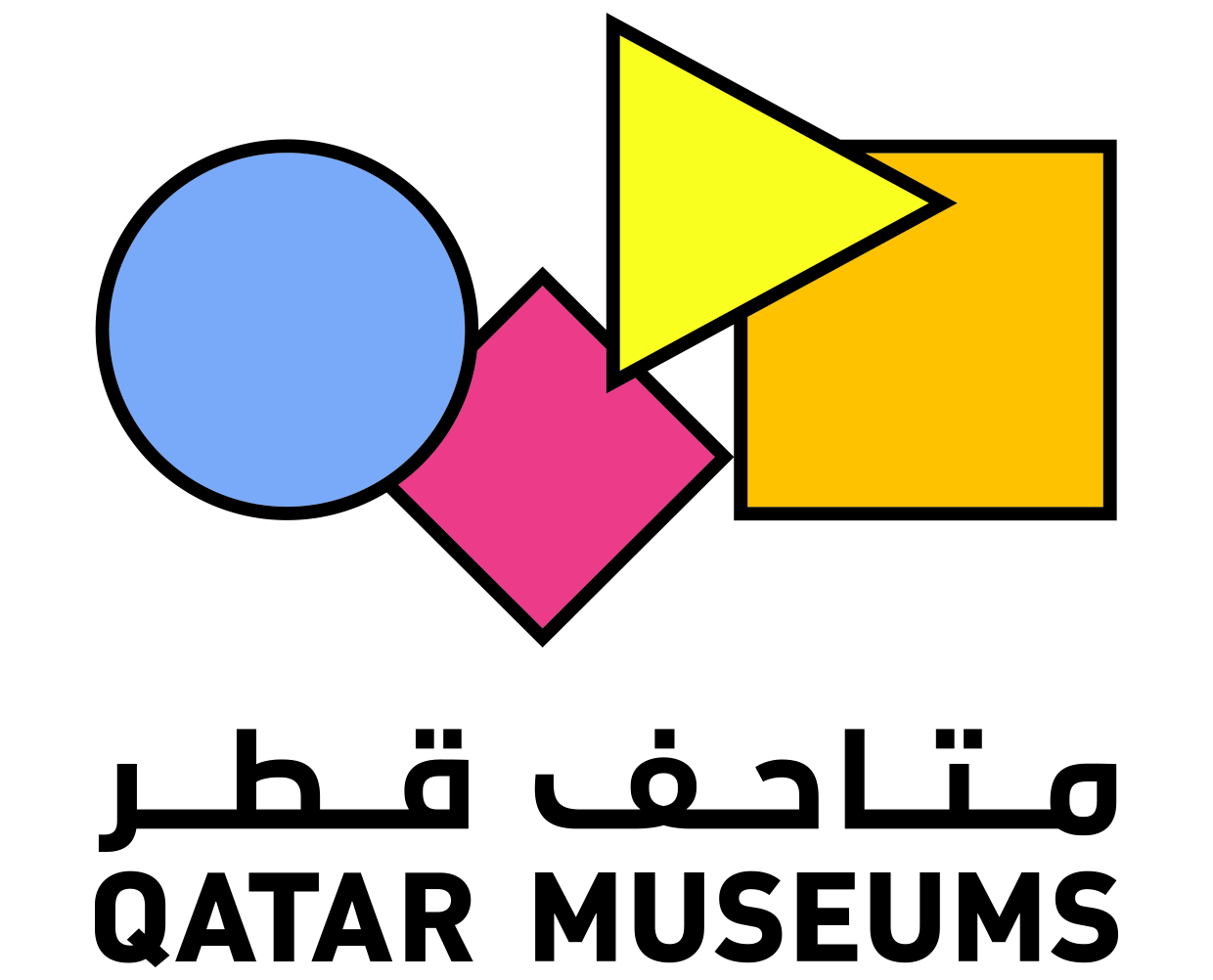Role purpose: The Photographer creates a permanent visual record of the Lusail Museum’s collection and activities. This includes producing high-resolution images for digital platforms and publications, as well as documenting objects before, during, and after conservation. The images serve as vital visual data for curators, conservators, researchers, and others seeking information about the collection.
Roles & responsibilities:
• Operates cameras and related equipment to produce high-quality images that meet a variety of institutional needs, employing diverse techniques and specialized photographic expertise.
• Combines technical proficiency with artistic vision to create compelling images of the museum’s collections.
• Composes shots with a strong understanding of framing, lighting, and colour to produce visually engaging and informative photographs.
• Maintains accurate records and manages photography-related expenses as part of general business and administrative responsibilities.
• Utilizes advanced computer graphics skills for digital image processing, including retouching, enhancing, and adding digital elements as required.
• Plans photographic compositions by analyzing subject matter and selecting optimal angles, lighting, and backgrounds to highlight desired features and minimize distractions.
• Provides technical advice and support on photographic equipment and techniques to curators, conservators, and other museum staff.
• Organizes and schedules photographic assignments and activities within the photographic studio or lab.
• Assists in planning studio/laboratory requirements and makes recommendations for the purchase of major photographic equipment.
• May supervise or coordinate the work of photographic support staff, as needed.
• Imports and manages digital image files within the museum’s collections database, ensuring accurate linkage to corresponding object records.
• Collaborates with curators, conservators, registrars, and exhibition teams to meet photographic needs for documentation, exhibitions, research, and publications.
• Photographs museum exhibitions, installations, events, and public programs as required to support institutional outreach, marketing, and archival documentation.
• Ensures safe handling of museum objects during photography, adhering to conservation and health and safety protocols.
• Assists with organizing and archiving digital assets, following institutional standards for metadata, file naming, and long-term preservation.
• Ensures compliance with copyright, intellectual property, and museum policies when creating, editing, and distributing images.
• Bachelor’s degree in Photography, Visual Arts, Media Arts, or a related field. Equivalent professional experience may be considered in lieu of formal education.
• Minimum of five years of professional experience as a photographer, with strong knowledge of photographic principles and demonstrated expertise in one or more specialized areas of photography (e.g., object photography, conservation documentation, exhibition photography).
• Proficient in industry-standard photographic software and digital editing programs (e.g., Adobe Photoshop, Lightroom, Capture One).
• Prior experience working in a museum, cultural heritage institution, or archival setting is highly desirable.
• Strong field photography experience, including the ability to adapt to various environments and lighting conditions.
• Excellent knowledge of cameras, lenses, lighting equipment, and related photographic tools, including setup, use, and routine maintenance.
• Solid understanding of key photography principles such as lighting, focus, composition, exposure, and depth of field.
• Attention to detail and artistic sensibility in creating visually compelling and technically accurate images.
• Ability to follow object handling protocols and work with fragile or valuable museum materials with care.
• Strong organizational and file management skills, particularly in handling large volumes of digital assets.
• Good communication and interpersonal skills; ability to work collaboratively with curators, conservators, registrars, and exhibition teams.
• Self-motivated, with the ability to manage multiple assignments and meet deadlines under minimal supervision.
